Making the decision to switch from traditional energy sources to solar panels can be a daunting and expensive choice. While there are significant environmental and financial benefits to investing in solar, it’s essential to understand the drawbacks of relying solely on this renewable energy source.
Solar power comes with its risks and disadvantages, which must be considered before making an informed decision about whether or not solar is right for you. This article will discuss some of the major challenges associated with using solar panels as your primary source of electricity.
Contents
How Do Solar Panels Work Exactly?
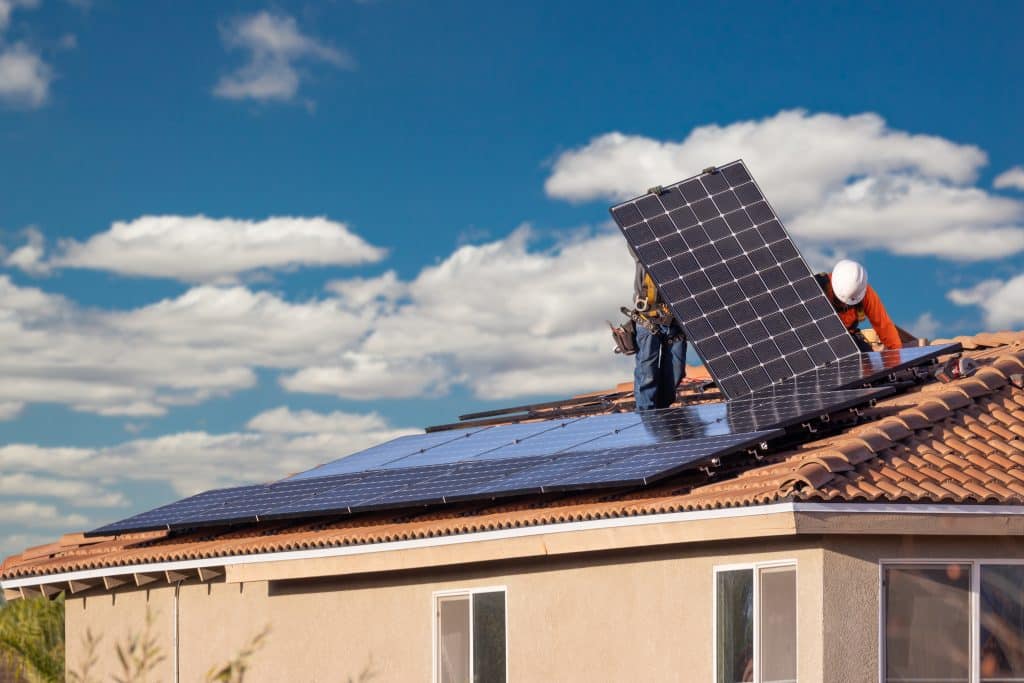
Solar panel technology has advanced rapidly over the past few decades, making accessing clean and renewable energy sources easier. Solar panels use a process known as photovoltaic conversion, which uses the sun’s light to generate electricity. Photons from sunlight hit the surface of the solar cells and are absorbed by electrons. This causes a flow of electric current in the cells, creating a direct current (DC) voltage that is then converted into an alternating current (AC) used to power your home or business.
The innovative design and engineering behind these panels enable them to capture an impressive amount of sunlight and convert it into usable electricity efficiently and reliably. All of this comes together to power your home and business in ways that reflect today’s ideals of sustainability without relying on non-renewable energy sources.
The Disadvantages Of Solar Panels
Now that you understand how solar panels work, it’s essential to consider the disadvantages of relying on them as your primary source of electricity. Below are some of the key drawbacks to consider when deciding if solar is right for you:
High Upfront Cost

Solar panels have long been heralded as a great way to reduce home energy costs and combat climate change, but many people forget the significant upfront costs associated with installing them. Solar cells are expensive, and once the installation cost is considered, it can be a pretty hefty investment just to get started.
While solar panels will pay for themselves eventually, it might take several years to make back the initial cost expenditure. This means that not all households can afford to benefit from this technology or have access to the resources needed for solar power, leading to a disparity in who can use it.
Weather Dependent
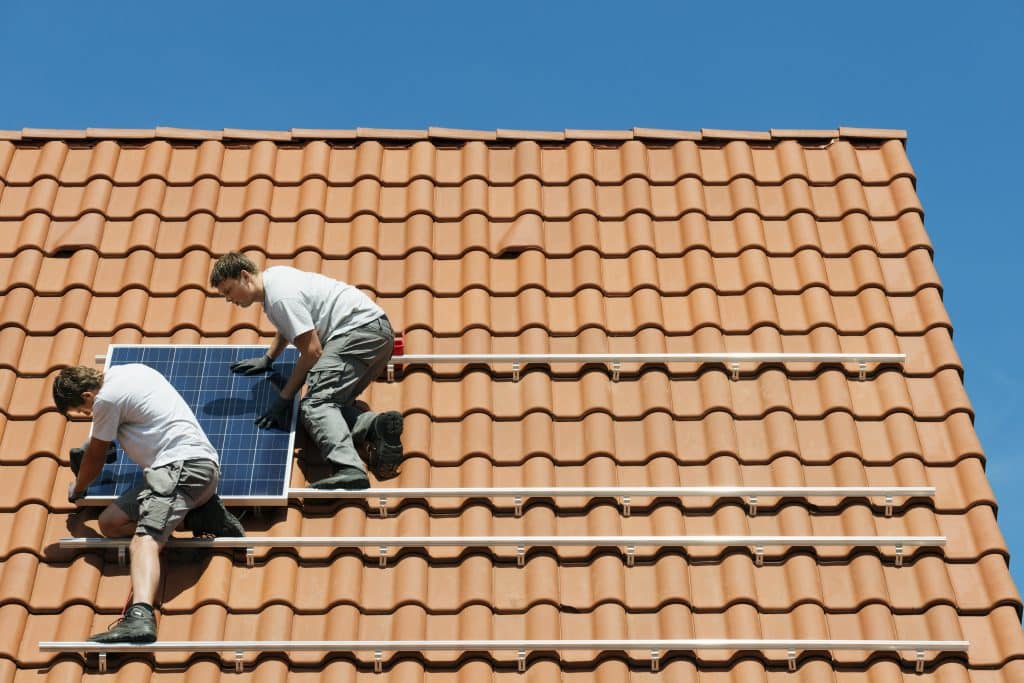
Solar panel technology has made large strides recently, becoming a popular and viable renewable energy option for many households. However, there are some significant drawbacks to be aware of before switching to solar energy. One such disadvantage is reliance on weather conditions; solar panels produce electricity based on the sunlight they receive, meaning that production can be significantly reduced or stalled altogether during rainy or cloudy days.
Similarly, when daylight hours are shorter, and cloud cover is more frequent, overall output also tends to decrease during winter. Consequently, these limitations mean households relying solely on solar power may need additional backup sources during low production times to help fill any potential power gaps.
Can Be Difficult To Install
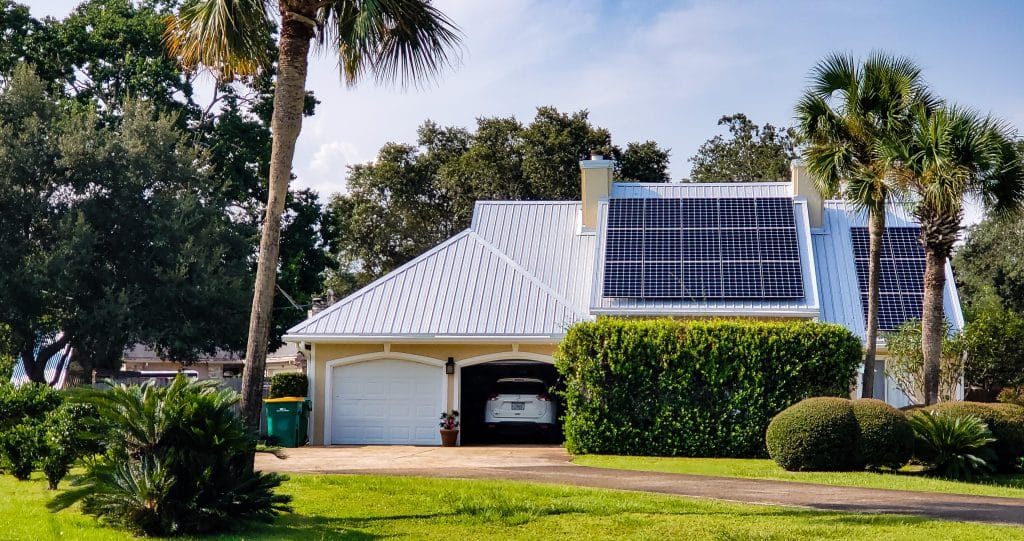
Despite the obvious environmental benefits of turning to solar power, many people have been deterred from switching due to the complicated and time-consuming installation process. Apart from needing to purchase the panels themselves, additional components such as an inverter and batteries must also be purchased – then they need to be correctly wired together.
Furthermore, working with these electrical items can be dangerous and incorrect installation could lead to problems in the future. It is not necessarily a task well-suited for someone unfamiliar with electrical systems, so hiring a professional installer may be the best option despite adding expense. In any case, some people are simply unable to commit to installing solar power due to the amount of investment needed in money and effort.
There Could Be Space Constraints

Installing solar panels can, unfortunately, be hindered by space constraints. Your roof may not have enough area to accommodate the number of panels necessary to generate the energy needed. For example, live in a small home, such as an apartment or condo.
Additionally, suppose your roof takes up a lot of shade or isn’t in direct sunlight much of the day. In that case, that too could be a limitation- optimal positioning and access to direct sunlight are both essential elements in generating power efficiently. It is, therefore, important to keep these possible space constraints in mind when considering solar panel installation.
Storage Is Expensive
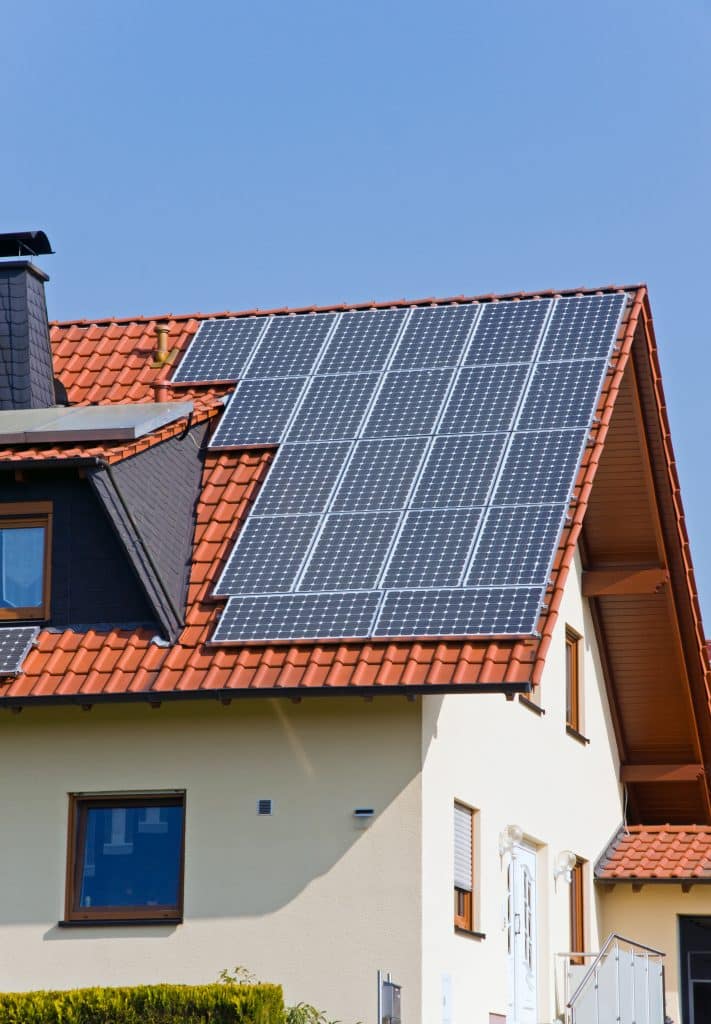
The unfortunate reality of solar panels is that storage can be incredibly expensive. While they are a great renewable energy source, their reliance on batteries to store the electricity they generate requires significant investment, especially for homeowners with large systems. Batteries necessary for solar-powered homes vary widely in price and performance, so a balance must be struck between financial outlay and efficiency. This serves as a significant roadblock for individuals or businesses seeking to install solar panels that do not have large amounts of capital available.
For example, homeowners may find themselves unable to afford batteries capable of sustaining the load requirements of their systems and thus cannot narrow their carbon footprint through solar use in the home. It’s an unfortunate downside to this otherwise green technology that needs to be considered in these decisions.
Material Scarcity
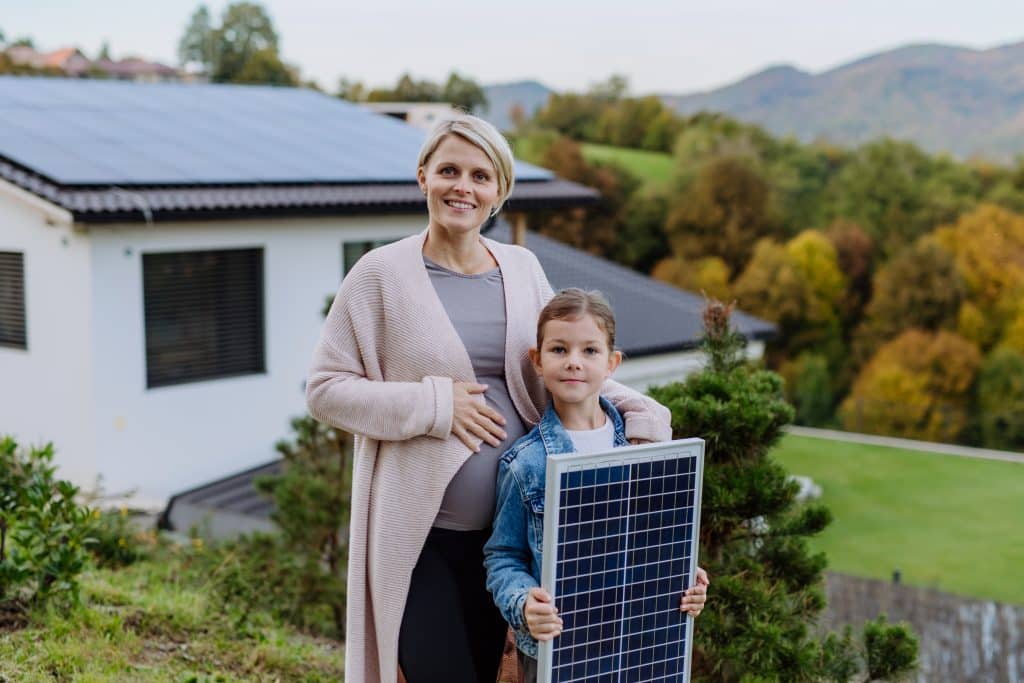
Solar energy is a renewable, clean energy source that provides an alternative to fossil fuels. However, solar power also has its drawbacks, and material scarcity is a factor that must be taken into account. The panels are from materials such as aluminum and silicon, which are in limited supply worldwide. This means that the production of non-renewable resources may be increasing to meet the demand for solar technology.
Additionally, depending on where the materials come from and how they’re processed and transported, there can be an environmental cost associated with these activities. Though it is a more responsible choice than burning fossil fuels for your energy needs, constructing solar panels does not come without cost – both environmentally and economically speaking.
Relocation Difficulties
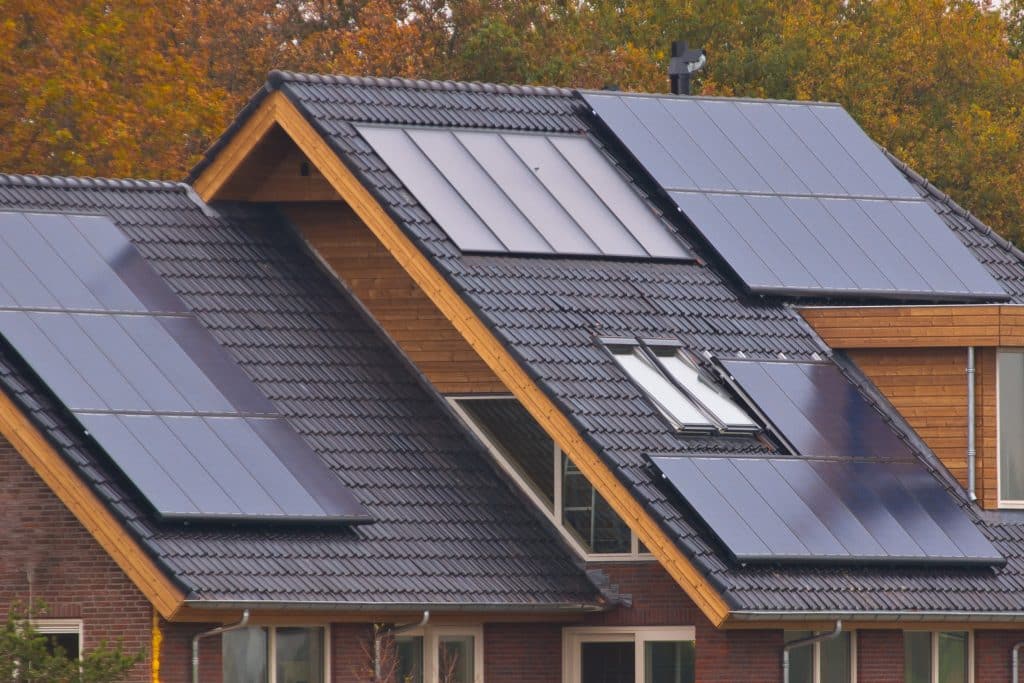
Installing and running solar panel systems is a promising journey toward becoming a more sustainable community; however, it often comes with its issues. Relocation difficulties are one of the issues that come to mind when considering the disadvantages of solar panels. It’s sometimes possible to move them, but depending on the intensity and scope of your transportation needs, it may not be feasible. Moving from one place to another often means dismantling the entire structure, including separating the panels and the frame that holds them.
Furthermore, if there’s been any damage to one or more of your panels during relocation, you’ll likely need costly replacements and repairs. Although solar panels present a wide range of benefits for the environment and energy use, relocation difficulties can easily become unmanageable problems for property owners who want to bring their energy sources with them on their journeys.
Do You Think You’ll Get Solar Panels?
In conclusion, before installing solar panels, there are pros and cons to consider. From space constraints, expensive storage options, material scarcity, and relocation difficulties, it is important to research to make an informed investment that best suits your needs. Once you have considered all of these factors, you’ll be ready to make a final decision about solar panel installation.


